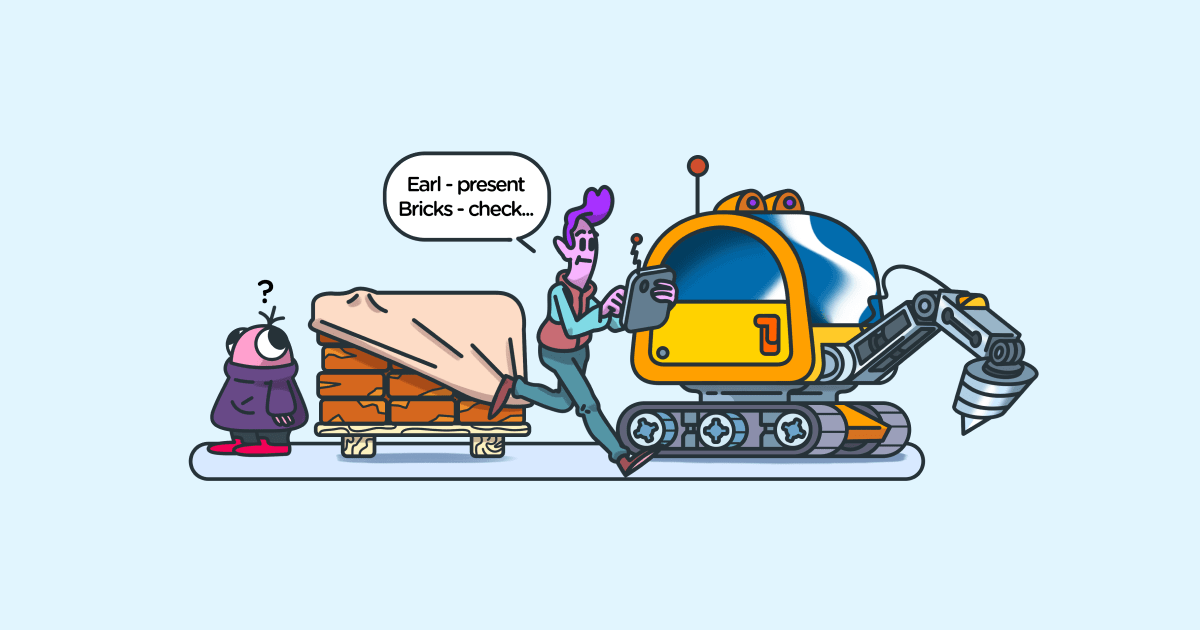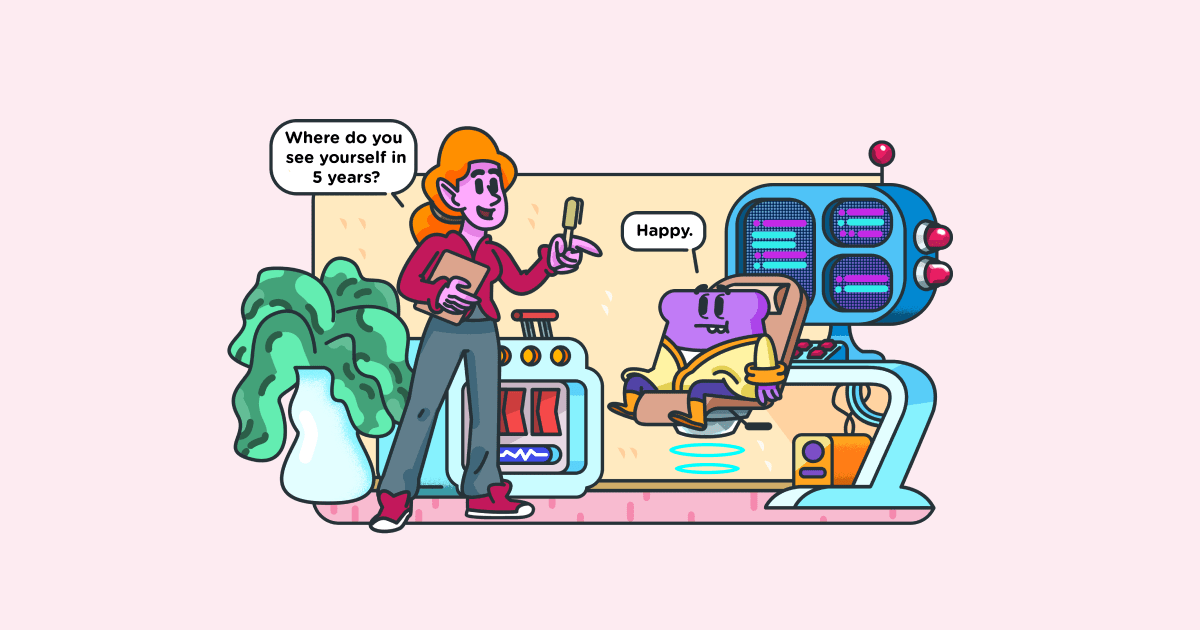How to manage email productivity: Tips from Patty Kreamer, a professional organizer
Last updated on: May 24, 2023
Emails play a key role in our daily work communication. Have you ever thought about the amount of time you spend checking your inbox? According to one Forbes article, office workers get at least 200 messages per day. Also, reading and replying to emails takes around 2.5 hours daily. A bit too much, don’t you think?
These stats make me question our overall usage of emails. Are we truly effective with emails? If not, how can we turn things around?
To get some expert insights on this subject, we reached out to Patty Kreamer. Patty is a Productivity Coach and Certified Professional Organizer. She helps financial advisors enhance their productivity by getting more done in less time. Besides, Patty is an author of several books, such as But I Might Need It Someday and The Power of Simplicity.
In this article, we’ll cover some subjects we discussed with Patty, like:
- emails as work distraction, and
- how to organize and declutter an inbox.
Since Patty is a productivity expert, we also wanted to know what productivity tools she recommends.

Table of Contents
Email as a key work distraction and how to deal with it
When you get an email, do you have an urge to respond as soon as possible? Of course, you should if it’s an urgent matter. But, it rarely is. If your clients or superiors have something important and urgent to say to you, they’ll call or ping you via communication apps.
Yet, many employees tend to reply to emails the same moment they receive them. So, why do workers let their emails control their lives? I wanted to pick Patty’s brain on this issue.
In her opinion, email has become a time-filler or a go-to habit that makes users feel like they are being productive. Patty adds that people waste time by reading and re-reading the same messages over and over and still not doing what needs to be done. Here’s how she explains this behavior:
“Replying to an email right away can show dedication but, in my opinion, it is done because the expectation of the recipient has been set to get a response a nanosecond after they send an email. If email were urgent, we wouldn’t need phones. Email is typically not the way to communicate in case of an emergency.”
In a way, we can say that emails are often our number one workplace distraction. So, what does Patty recommend for preventing email distractions and staying focused on work?
“I know it’s not groundbreaking information but unsubscribing from unwanted email lists is a good investment of your time.
If you haven’t already, it’s time to turn off ALL notifications, so you’re not tempted to jump over to email every time you see or hear an alert.
If you want to manage your time better, schedule planned times to check your email instead of jumping to it every time you’re bored or interrupted,” Patty concludes.
Managing emails when working from home
Working from home has become a new standard for many employees. That’s why I asked Patty whether she believes that we approach emails differently when telecommuting, compared to on-site work. Besides, I wanted to know if Patty has any work-from-home tips when it comes to managing emails. She claims that email at home is the same as at the office:
“The key is to be sure you are keeping up with email but not wasting a lot of your time while you are in there. Depending on how a company or firm decides to use email, checking it more often may be a requirement but if not, cutting back to processing email three times a day is likely a good idea.”
Practical tips on organizing and decluttering your inbox
Now that we’ve seen why emails can hinder your effectiveness, we’ll show you some simple ways you can enhance your email productivity.
Process emails
In line with the McKinsey Global Institute analysis, people check emails 11 times per hour. So, no wonder you can’t seem to finish your tasks by the end of a day.
From Patty’s point of view, there’s a difference between checking and processing email. She further explains that checking email is going into your email app and reading or scanning each email and doing nothing about it. Patty also claims that this habit makes remembering the details and what action needs to be done virtually impossible.
“Processing email, on the other hand, involves opening each email one at a time and taking it to completion.
If you read it and don’t need it any longer, DELETE IT.
If you read it, and you need to FORWARD IT to someone with a note, do so then DELETE or FILE IT.
If you read it and take the action needed, and you are done with it but need to keep it for your records, FILE IT.
The only emails that should remain in your inbox are those that require ACTION. The inbox is not a storage unit for unloved emails,” Patty highlights.
She wraps up that processing email is much more effective than checking email. Besides, processing email can save so much time that is wasted on repeatedly opening the same emails over and over.
Organize emails into folders
Another Patty’s email productivity trick relates to email folders, more specifically, creating folders for each year. As she clarifies, the year folders are practical if you have thousands of emails in your inbox from multiple years. So, Patty explains that rather than waste time going through them one by one, it saves time to bulk drag them into a folder with the corresponding year. Also, this prevents needed emails from being deleted.
“The other folders in the inbox should reflect a system that is intuitive for the user. As long as you know where to file something and more importantly, where to find something, it’s a good filing system. If you can’t, it’s not a good system,” Patty concludes.
Declutter your inbox
When was the last time you went through your emails and deleted unimportant ones? Patty has some tips for decluttering your inbox quickly and efficiently.
The first step is sorting your emails by FROM or SUBJECT to gather emails from the same person or in the same subject string. Then you can bulk move or bulk delete.
“To grab a bunch of emails in a row to move or delete:
1. Highlight the first email.
2. Hold down SHIFT KEY.
3. Scroll down to the last email in the group you want to move or delete.
4. Click on the last email while still holding down SHIFT KEY, which will select all in between emails.
5. Drag and drop the highlighted emails (or delete them),” Patty illustrates.
She also has a solution for selecting certain emails, then moving or deleting them:
- Highlight the first email.
- Hold down CTRL KEY — don’t let go until you are done selecting emails.
- Click each individual email that you want to move or delete.
- Drag and drop the highlighted emails (or delete them).
How can a time tracker help you boost your productivity?
Apart from email productivity, we tackled productivity in general. Patty mentioned that she uses Clockify. So, I wanted to hear what features of time trackers she finds useful.
“Clockify’s time tracker tool is what I recommend to my clients. So often, my clients tell me that they don’t think they waste a lot of time but when they track their time for a week, they are blown away by where their time is spent!
When you see that you are spending 18 hours a week on email, unless you are processing online orders or your business is run mostly by email, it becomes obvious that something needs to change,” Patty says.
In addition, Patty highlights these time tracking benefits of using Clockify:
- Time tracking is easy and gives you a clear picture of how you can go about improving your productivity.
- It allows you to identify your time-wasters and replace them with what matters most.
- It’s the perfect tool to help you gain clarity on your priorities and maximize your productivity.
Wrapping up
If you feel like emails are wasting your precious time, thus preventing you from being productive, you just need to change your email routine. Instead of devoting so much time to emails, try to improve your email management. According to Patty, the crucial steps to take are:
- Processing emails, instead of checking them. When processing emails, you’ll have to make decisions about what to do with each email.
- Creating folders in your inbox. If you already have so many emails in your inbox, and you want to save them all, this is a clever way to file them. Thus, you’ll be able to easily find emails when needed.
- Decluttering your inbox. Don’t be afraid to delete unnecessary emails from your inbox.
Finally, once you become better at effectively managing your emails, you’ll have more time to focus on your tasks. Therefore, email productivity will also boost your overall effectiveness.
✉️ What about you? Does checking inbox hinder your productivity and how do you deal with it? Send your answers, suggestions, and comments to blogfeedback@clockify.me and we may include them in this or future posts.





